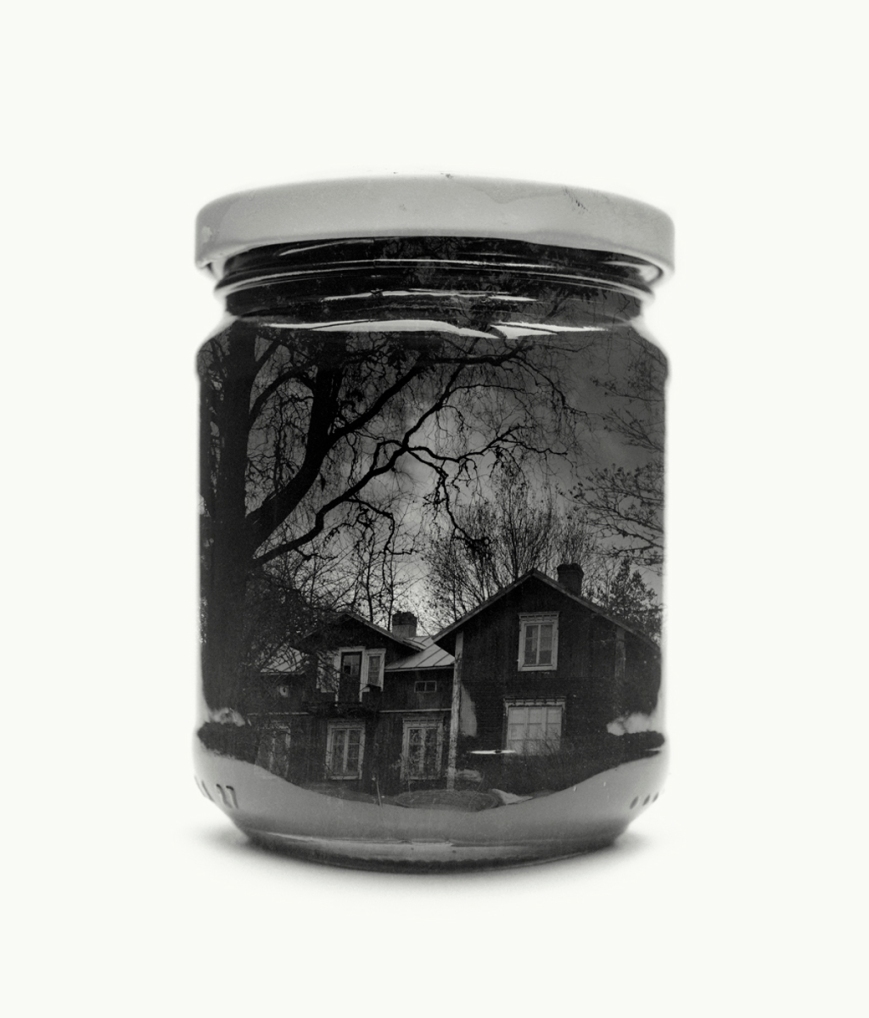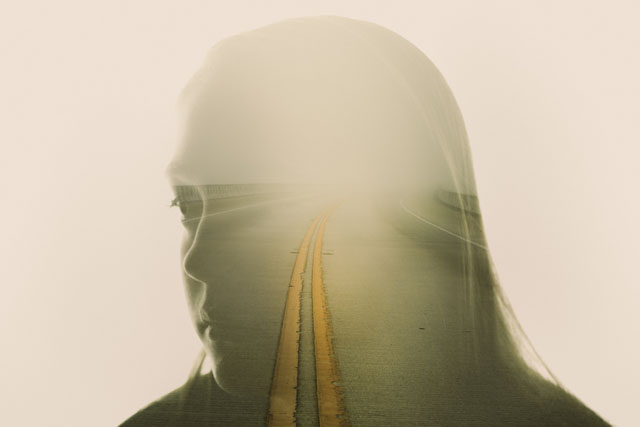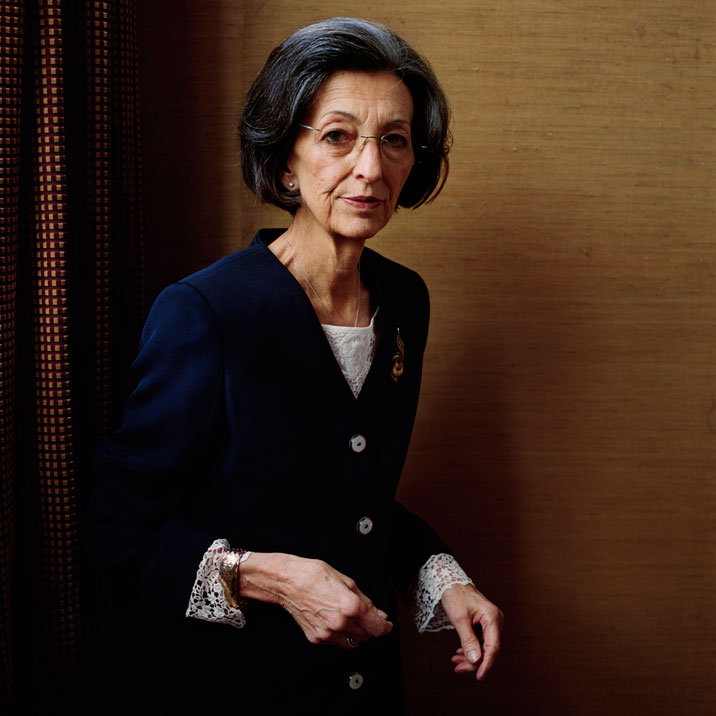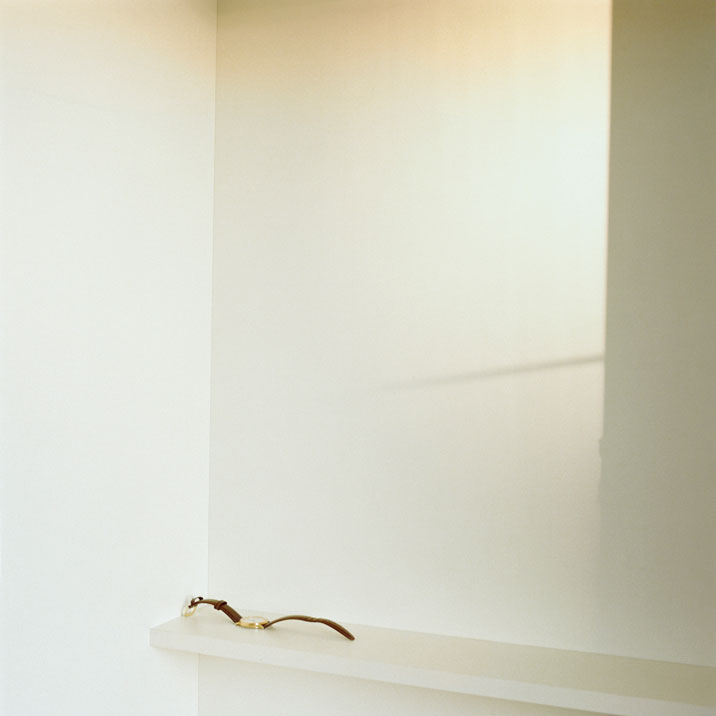
No es ningún secreto que la mayoría de nosotros vemos la vida de nuestros amigos y familiares, al menos parcialmente, a través del filtro de los medios sociales – pero cómo de grande es la diferencia entre la realidad y lo que vemos en Facebook? La diseñadora gráfica y estudiante Zilla van den Born, de 25 años, fingió unas vacaciones de cinco semanas por el sudeste de Asia con el fin de investigar sólo esa pregunta. Los resultados son tan fascinantes como misteriosos.
Van den Born, que vive en Amsterdam, creó el proyecto como parte de su carrera universitaria. “Todo el mundo sabe que las fotografías de modelos son manipuladas. Pero solemos pasar por alto el hecho de que manipulamos la realidad también en nuestras propias vidas”, dijo a Oddity Central. En consecuencia, se inventó un esquema destinado a mostrar lo mucho que manipulamos la imagen de nuestras propias vidas en los medios sociales. “Creamos un mundo ideal online que la realidad ya no puede cumplir”, explicó. “Mi objetivo era demostrar lo común y fácil que es distorsionar la realidad.”
Por lo que los amigos y familiares de van den Born sabían, ella pasó sus vacaciones viajando por Tailandia, Camboya y Laos. Van den Born publicó fotos en su página de Facebook de todas sus aventuras, manteniendo a todos actualizados a medida que ella hacía cosas: hizo snorkel; viajó en tuk-tuks; visitó los templos budistas; comió comidas increíbles; y compró un montón de recuerdos. Incluso comunicó por Skype con sus seres queridos desde su habitación del hotel. En realidad, sin embargo, van den Born pasó esas cinco semanas en su casa en Amsterdam, creando cuidadosamente sus falsas vacaciones. Manipuló con Photoshop todas las imágenes que publicó en su página de Facebook, o bien hizo sus comidas o las pidió en restaurantes asiáticos, y compró sus recuerdos en tiendas locales. La única persona a la que dejó entrar en el secreto fue su novio.
Al final de todo, desenmascaró su engaño, asegurándose de capturar en video las reacciones de sus amigos y miembros de la familia. Algunos de ellos estaban asombrados; muchos estaban confusos; y algunos estuvieron realmente enojados.
Puedo entender cierto tipo de ira; habla del mayor intento de manipulación en Internet. Es por eso que hubo una reacción tan fuerte a la, de alguna manera, experimentación poco ética de Facebook en sus usuarios – no nos gusta que nos mientan, y no nos gusta ser convertidos en sujetos de investigación sin nuestro conocimiento.
Pero al mismo tiempo, creo que mereció la pena hacer el experimento. Una gran cantidad de investigaciones se han realizado en los últimos años, detallando el efecto de Facebook y otras redes sociales alimentando lo que sentimos por nuestras propias vidas; también sabemos que la forma en que cuidamos la imagen de nuestras vidas online revela una cantidad sorprendente de lo que realmente está sucediendo. Pero aunque estos estudios están muy bien a nivel teórico, no siempre somos capaces de interiorizar las lecciones que nos enseñan. El experimento de Van den Born sirve como un recordatorio más visceral de que todos haríamos bien en tomar todo en las redes sociales con una pizca de sal. Seguro, las actualizaciones de esa persona podrían hacernos sentir celosos de la vida aparentemente perfecta que viven, pero por lo general hay más de ello de lo que solo vemos – y lo mismo ocurre con nuestra propia vida, también.
//
It’s no secret that most of us view the lives of our friends and family at least partially through a filter of social media — but how big is the difference between reality and what we see on Facebook? Graphic designer and student Zilla van den Born, 25, faked a five-week vacation in Southeast Asia order to examine just that question. The results are as fascinating as they are eerie.
Van den Born, who lives in Amsterdam, created the project as part of her university course. “Everybody knows that pictures of models are manipulated. But we often overlook the fact that we manipulate reality also in our own lives,” she said to Oddity Central. Accordingly, she concocted a scheme intended to show how much we manipulate the image of our own lives on social media. “We create an online ideal world which reality can no longer meet,” she explained. “My goal was to prove how common and easy it is to distort reality.”
As far as van den Born’s friends and family knew, she spent her vacation traveling through Thailand, Cambodia, and Laos. Van den Born posted photos on her Facebook page of all her adventures, keeping everyone updated as she went: She went snorkeling; she traveled in tuk-tuks; she visited Buddhist temples; she ate amazing meals; and she bought plenty of souvenirs. She even Skyped with her loved ones from her hotel room. In reality, though, van den Born spent those five weeks at home in Amsterdam, carefully crafting her fake vacation. She Photoshopped all the images she posted on her Facebook page, either made her meals or ordered them from Asian restaurants, and purchased her souvenirs from local stores. The only person she let in on the secret was her boyfriend.
At the end of it all, she unmasked her deception, making sure to capture her friends’ and family members’ reactions on video. Some of them were amazed; many were confused; and some were actually angry.
I can kind of understand the anger; it speaks to the greater issue of manipulation on the Internet. It’s why there was such a strong reaction to Facebook’s somewhat unethical experimentation on its users — we don’t like being lied to, and we don’t like being turned into research subjects without our knowledge.
But at the same time, I think the experiment was well worth doing. A lot of research has been done in recent years detailing the effect of our Facebook and other social media feeds on how we feel about our own lives; we also know that how we curate the image of our lives online reveals a surprising amount about the reality of what’s actually going on. But although these studies are all well and good on a theoretical level, we’re not always able to internalize the lessons they teach us. Van den Born’s experiment serves as a more visceral reminder that we would all do well to take everything on social media with a grain of salt. Sure, that person’s updates might make us jealous of the seemingly perfect life they live, but there’s usually more to it than just what we see — and the same goes for our own lives, as well.

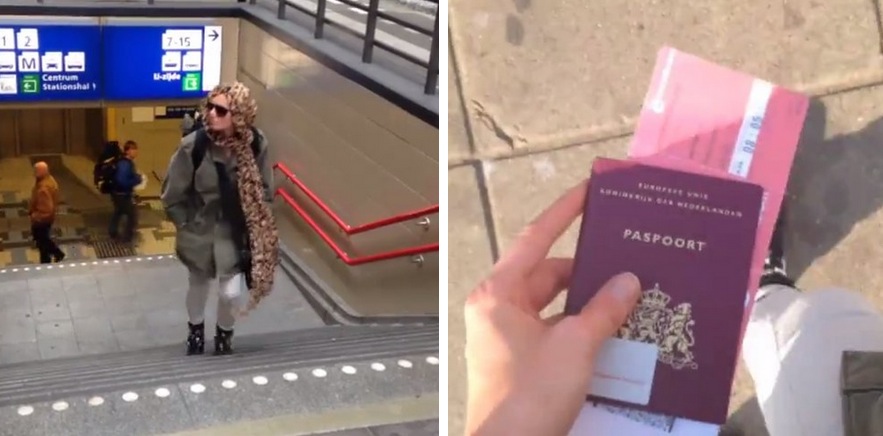






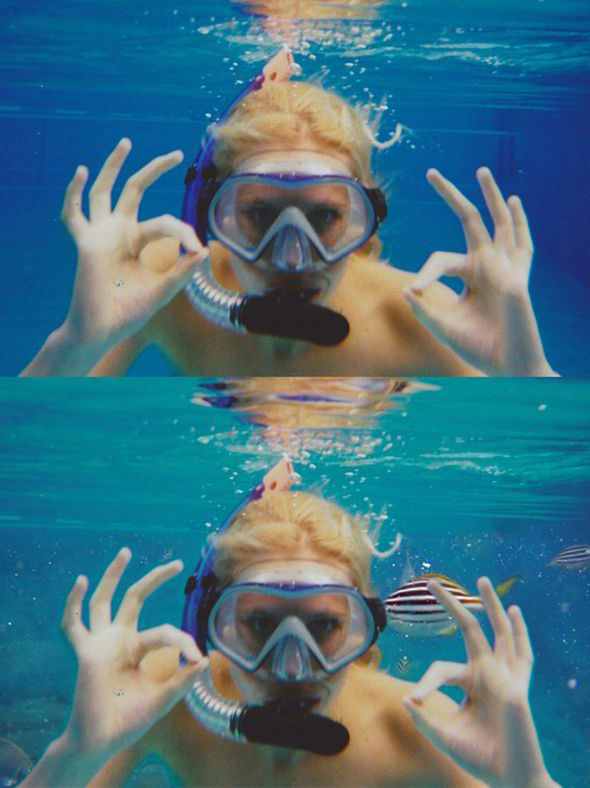
Snorkel:
Budismo // Buddhism:
Skype falso // False Skype:
Fotografía // Photography:
El plan // Planning:
Comida “local” // “Local” food:
El regreso // The return:
Reacciones de familia y amigos // Family and friends reactions:
(via: http://www.bustle.com/articles/38979-dutch-woman-zilla-van-den-borns-fake-vacation-examines-how-social-media-filters-reality)
Compartir esto // Share this:














